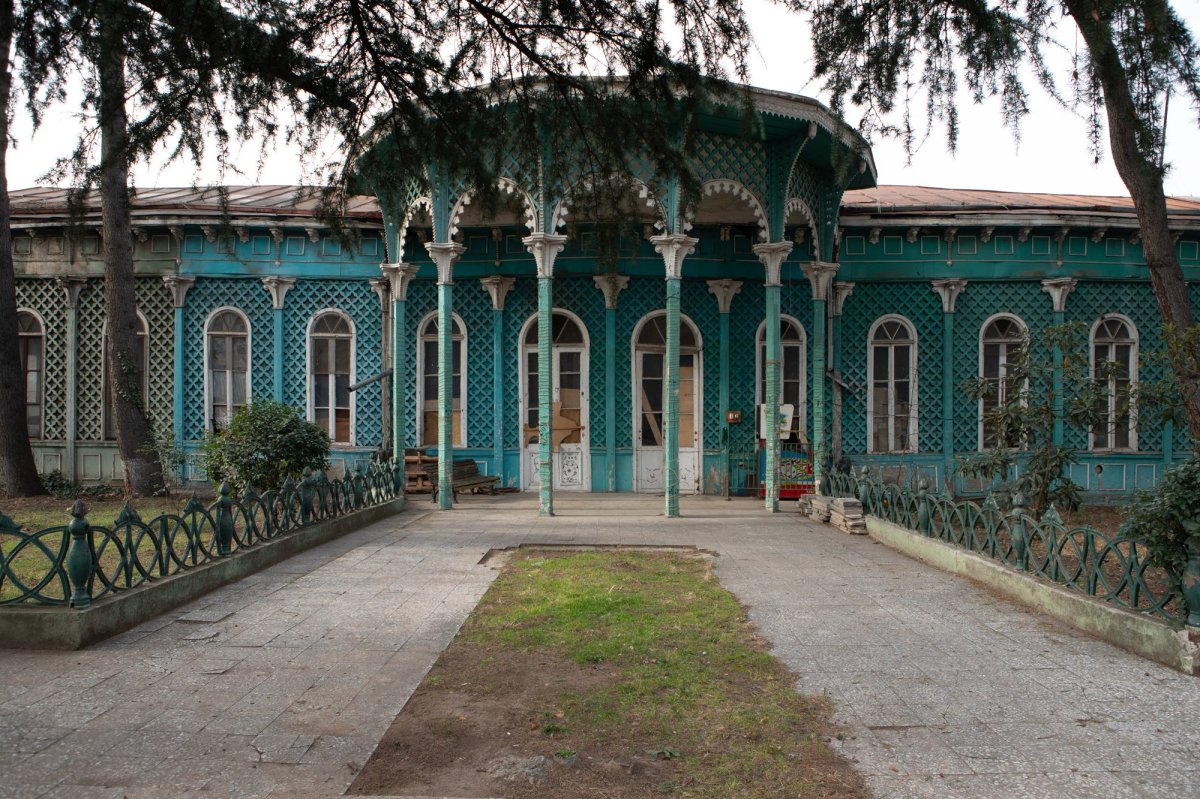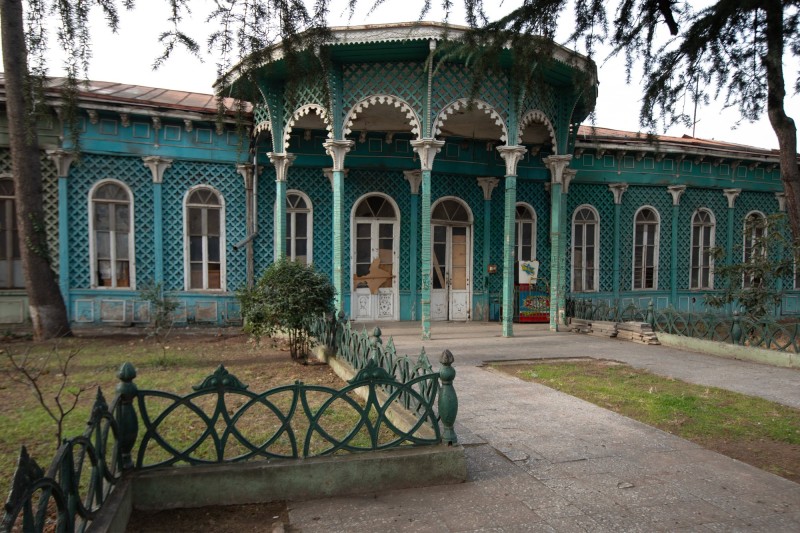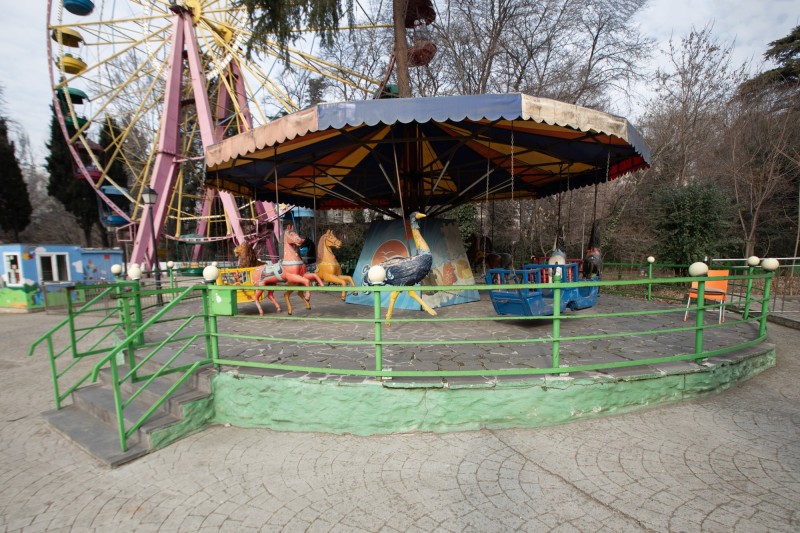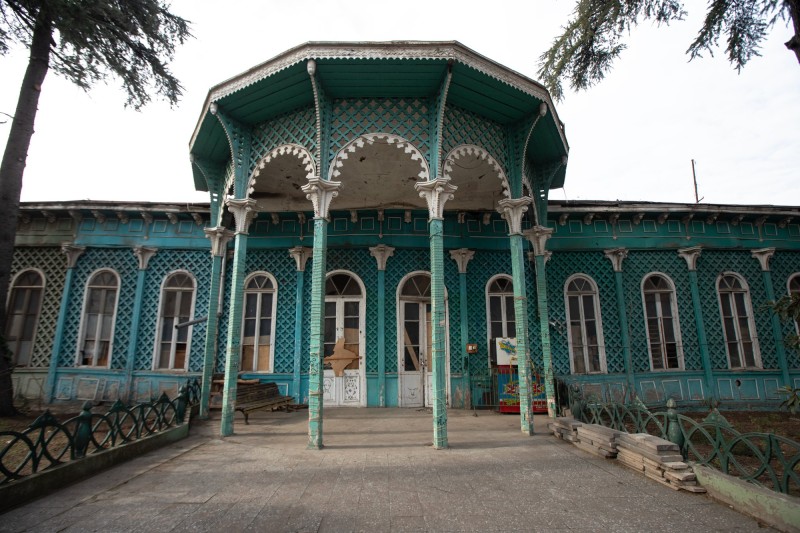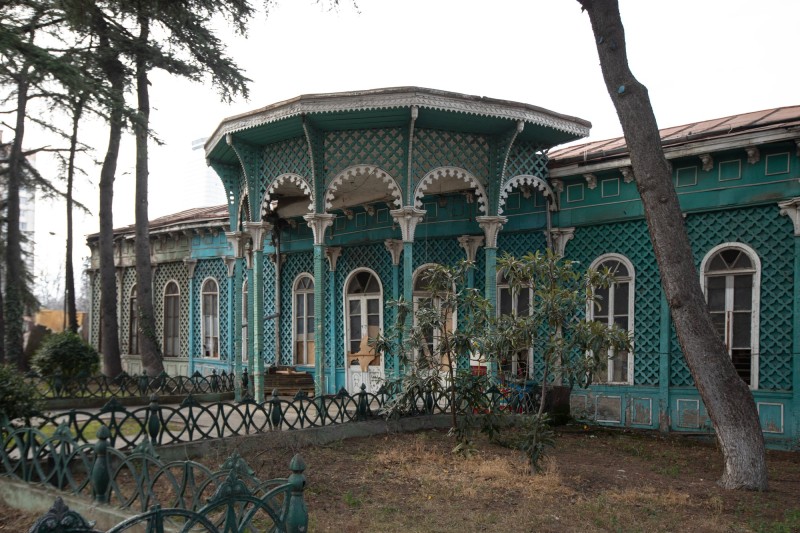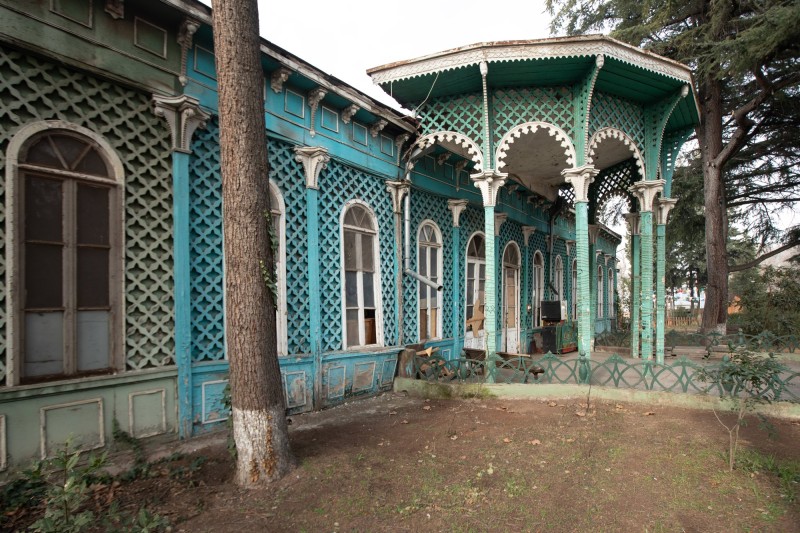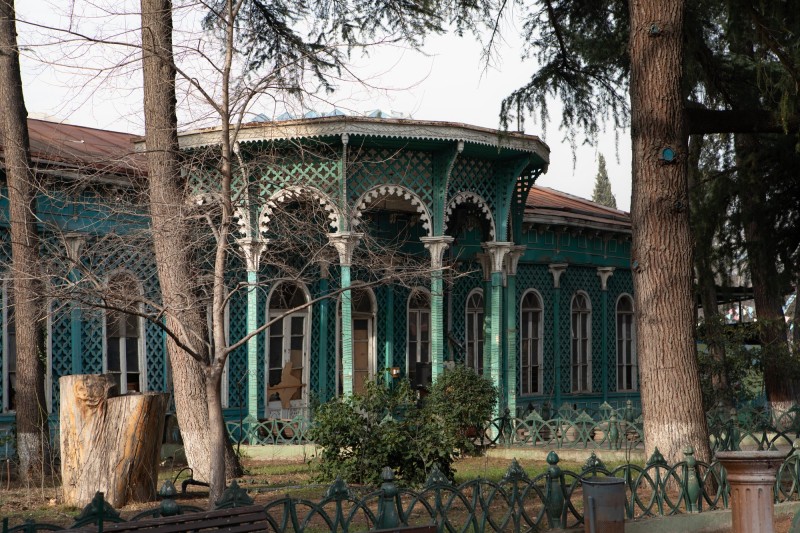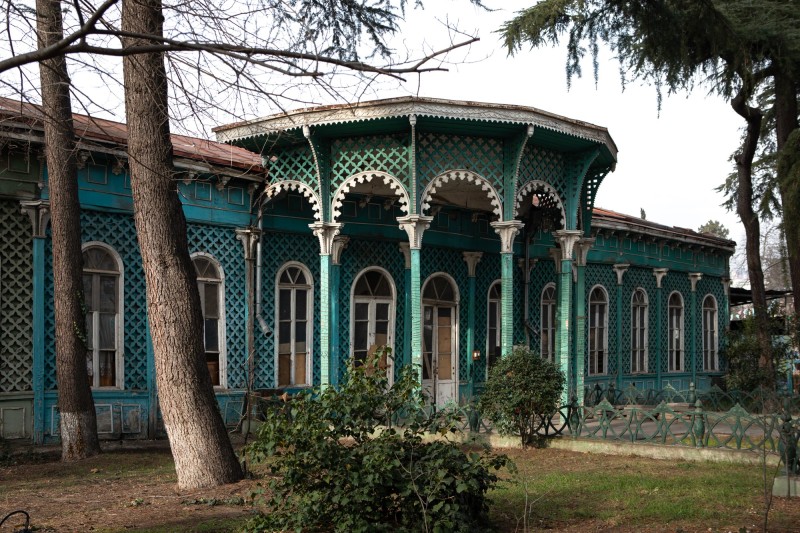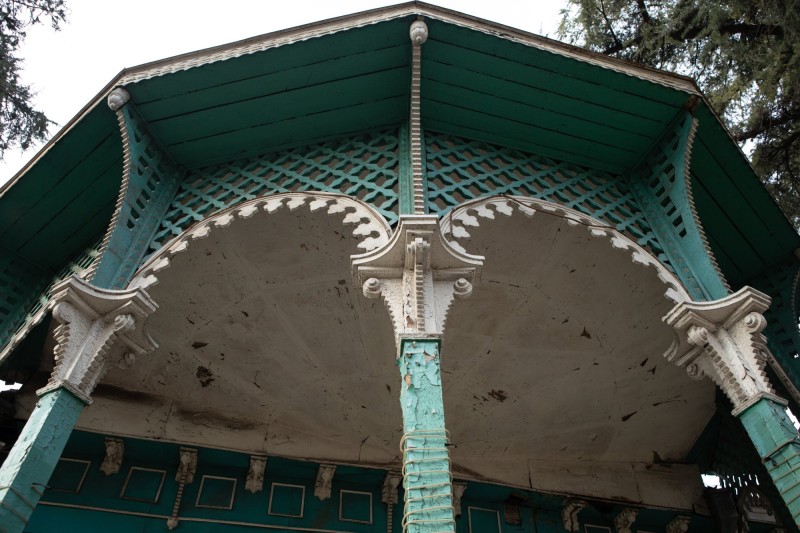
Information in details
Mushtaidi Garden, located at 2, V. Mayakovski St., is the oldest garden in Tbilisi. It was planted in the 1830s and covered an area of 5 ha. The garden was founded by one of the prominent religious figures of Persia, Agha-Mir-Fatah, and his Georgian wife. Fetekh-Agha was a religious leader of the Shiites in Iran's Azerbaijan - Mujtahid. It was from his religious title that the name of the garden - Mushtaid – was born. After the end of the Russo-Persian War of 1821-1828, Agha-Mir-Fattah was forced to participate in a conspiracy against the Shah of Iran in favor of Russia. The Russian government gave him 50 acres of land in Tiflis, namely Didube, on the banks of the Mtkvari. The Russian Tsarist government allowed Aga-Mir-Fatah to open a theological school in the territory given to him. Along with the establishment of the school, Aga-Mir also planted a wonderful garden. At the same time, he also dug a 12-kilometer tunnel and an irrigation canal from the Mtkvari, which is still there today, starting from the Mushtaidi garden and connecting to the River Mtkvari, as well as a canal that still works today and supplies water to the Tbilisi railway and the garden itself. In 1845, the Shah of Iran pardoned Agha-Mir-Fatah and he returned to Tabriz and sold the garden to a merchant named Meghrabov. In 1855, the garden was purchased by the Treasury to set up an agricultural farm. After that, the garden changed owners several times and finally became a walking garden. There were many entertainments and retreats here: restaurant, buffet, pavilion, summer theater. Concerts and exhibitions were held in the garden, and in 1882, the first hot air balloon in Transcaucasia took off from Mushtaidi. Mushtaidi Garden bordered the German colonies, whose green development was known for its orchards and bourgeois, European-style settlements. Unlike the gardens of Ortachala, in Mushtaidi garden, mainly, it was the community that shared and searched for the European reality. The German Cartvelologist, Arthur Laist, describes Mushtaidi: "Mushtaidi is the name of a vast and beautiful garden on the edge of the Mtkvari, lined with alleys, where people walk in carriages and on foot. Bushes of wild roses and other plants are arranged on both sides of these alleys, and vines laden with bunches of grapes climb over the trees. The best society of Tbilisi gathers every evening in this green, shaded garden". In 1887, on the initiative of the famous naturalist, Nikoloz Shavrov, the Caucasian silk station was established on the territory of the garden, on the initiative of which the Caucasian handicraft committee came out. The building of the former museum of the Crafts Committee, also known as the Applied Arts of the Peoples of the Caucasus, is still standing in the garden, which is currently the building of the Mushtaidi administration. In 1935, the famous children's railway of Mushtaidi was opened, which is unique in its founding history - it is the first children's railway in the world.


 თბილისი, Vladimir Mayakovsky Street N2
თბილისი, Vladimir Mayakovsky Street N2
 41.7217417, 44.7866244
41.7217417, 44.7866244

